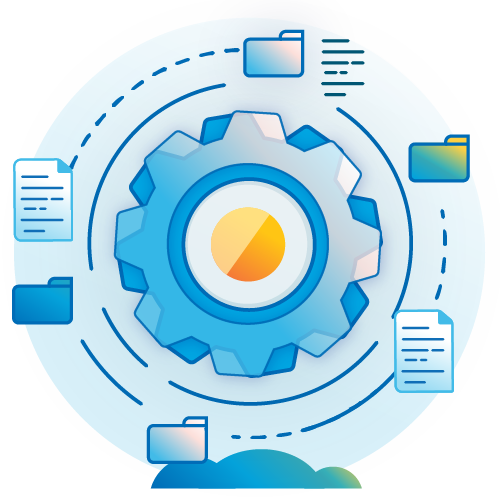Document Automation
With SS&C | Blue Prism® Document Automation, turn handwritten documents into decision-ready information immediately.

Extract data accurately, at speed, and with ease
Digitize, classify and extract information from paper automatically with the latest machine learning technology.
What can Document Automation do for you?
Document Automation’s new AI-powered READ engine makes the decision to implement automation a no-brainer by relieving enterprises of the burden of manual workflows. Intelligent Automation is now within everyone’s grasp.”Accenture

Digitizing the mailroom: AI system eliminates manual tasks with up to 98% accuracy
A major insurance company saved time, money, and employee sanity with SS&C | Blue Prism® Document Automation. The AI-driven system took on the arduous task of identifying, processing, interpreting, and routing physical forms.